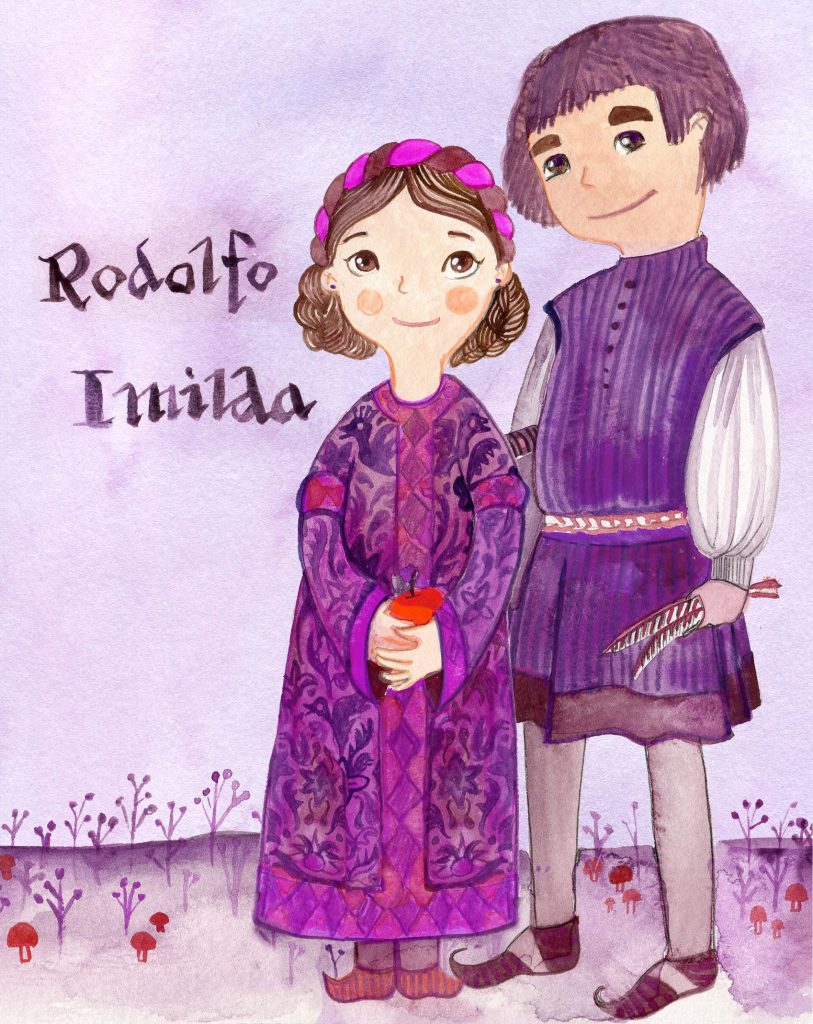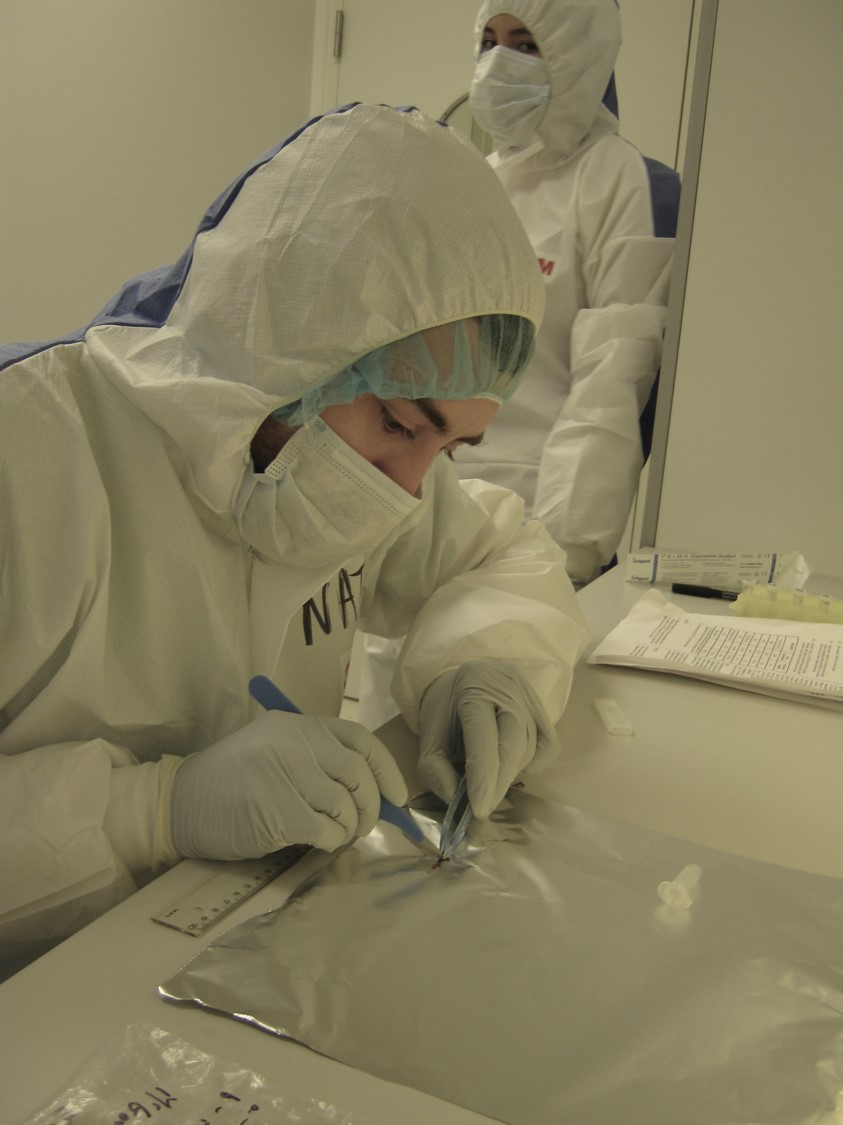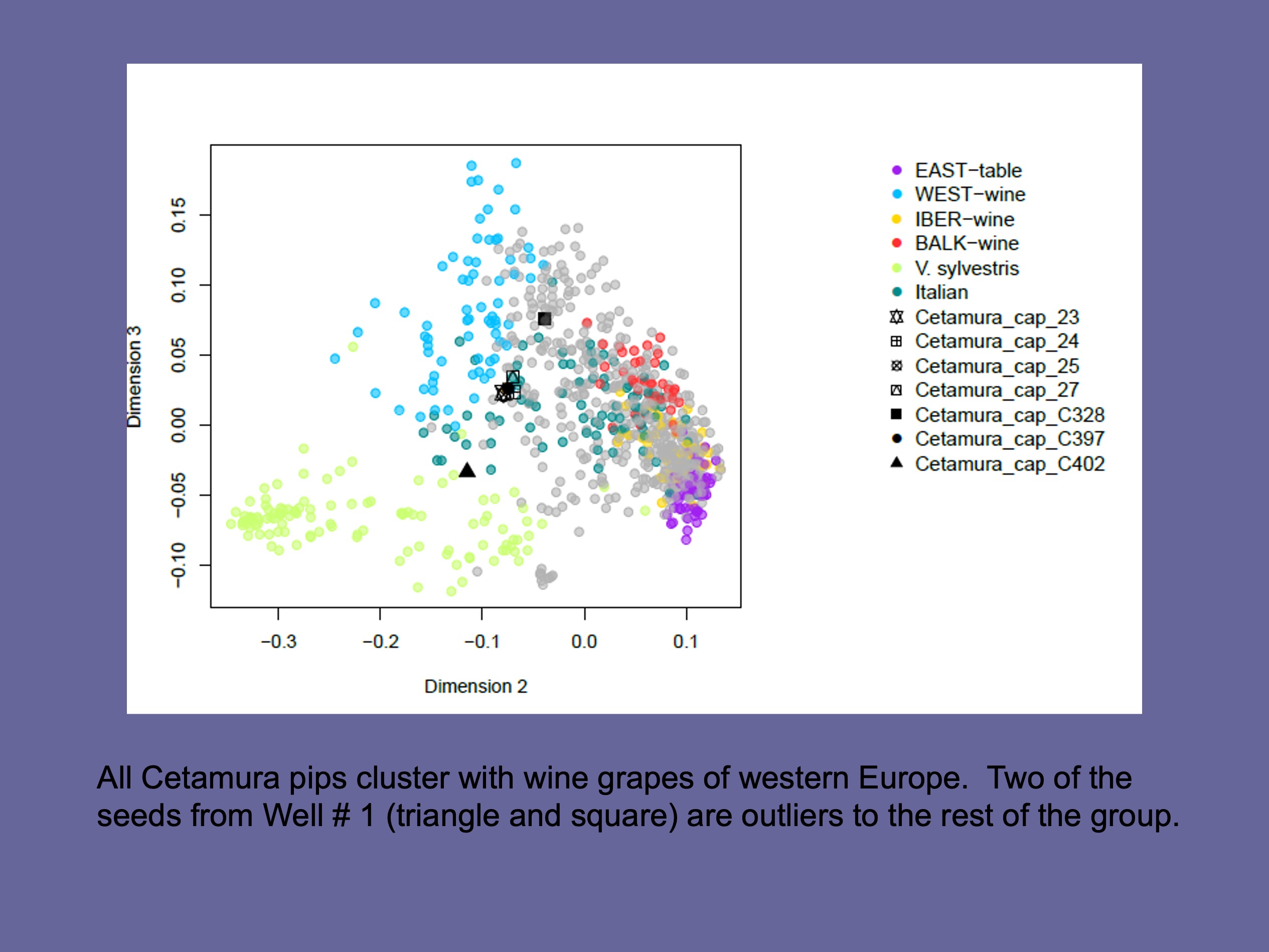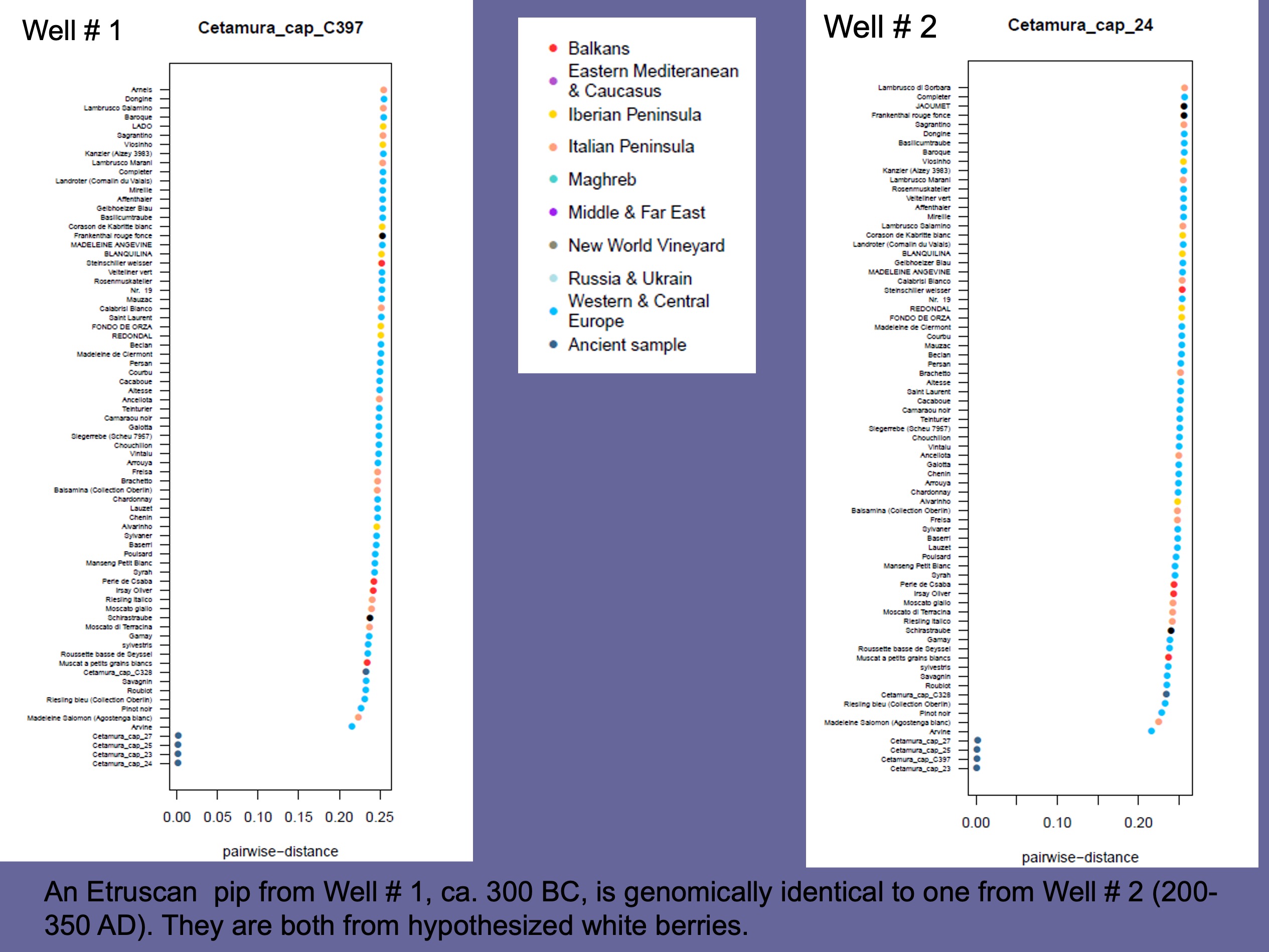
Cetamura Wine Cellar
Experimenting with aDNA
Researcher | Nathan Wales |
Location | University of Copenhagen, Natural History Museum of Denmark |
Year | 2016 |
Under strict conditions preventing contamination of ancient with modern DNA, the team of American scientist Nathan Wales at the Natural History Museum of Denmark analyzed the ancient DNA of selected grape pips from Wells # 1 and # 2. They found that an Etruscan variety of the 4th century BCE was identical in DNA to a Roman specimen of about 600 years later, demonstrating long term and well-developed viticulture with continuity from Etruscan to Roman times at ancient Cetamura.
Wales was able to test 8 Cetamura seeds for ancient DNA. Four of these were from Well # 2 (ca. 200-350 CE). In all 4 cases, from different levels of the well, the berries were all alike, from the same variety, which is a cultivated one. The berry color is hypothesized to be white. These are wine grapes, not table grapes, according to their general clustering within a large group of Western European wine grapes assembled by Wales’ research group. So far the Cetamura grapes cannot be matched with any of the varieties known today, but he points out that the closest is a white wine grape called Arvine (Petit Arvine), grown in southern Switzerland (Valais region) today. There is so far no evidence that this grape grew in antiquity, and its relationship may be only that of a later offshoot of the Cetamura variety.
The earliest seed from the bottom of Well # 1, dated to the 4th century BCE or maybe earlier, is similar to the wild grape sylvestris. The next seed, dated only slightly later by carbon 14 (ca. 300 BC), is a really striking piece of evidence. It is hypothesized to be white, and is identical in DNA to the white seeds from Well # 2. This should mean, according to Wales, that this was a cultivated grape over a long period of time (so, according to our carbon dates, from at least ca. 300 BCE to around 300 CE). A third seed, found in the transitional level from Etruscan to Roman, was hypothesized to have a red berry. (The fourth seed from Well # 1 was not viable).
Funding for the analysis of DNA and for the dating by Carbon 14 was provided by the Consorzio Vino Chianti Classico, the consortium of the makers of Chianti Classico wines in Italy.
Bibl. N. Wales, J. Ramos-Madrigal, and M. Thomas P. Gilbert, “Ancient DNA analysis of Vitis seeds from Cetamura del Chianti: Current Results,” In Wells of Wonders, 2017, 294-302.
Etruscan activities for kids
Meet Lucius & Fulvia
Roman activities for kids

Meet Rodolfo & Imilda
Medieval activities for kids







